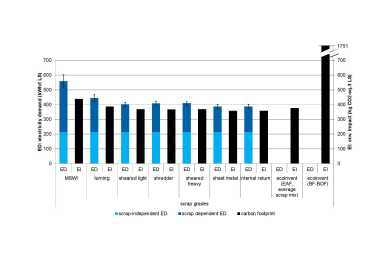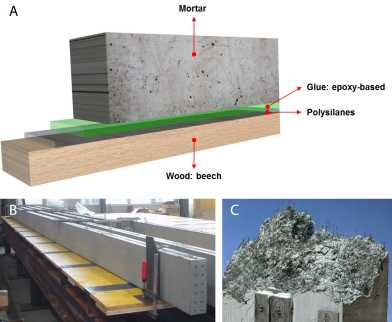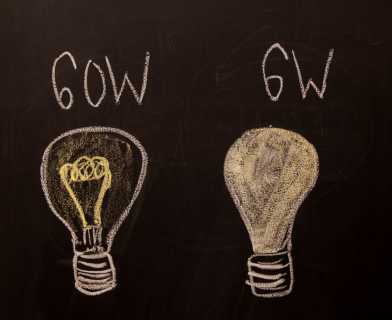02
Sustainable Waste and Secondary Resource Management to Support the Energy Turnaround (wastEturn)

wastEturn aims to optimise the contribution of Swiss waste management to the “Energy Turnaround”, that is, the shift from non-renewable to renewable sources and reduction in overall energy consumption. The project looks beyond direct energy contribution by also analysing indirect savings, while considering environmental performance, financial viability, and political feasibility.
Radical innovation for low energy concrete structures

“Low Energy Concrete”, a project supported by SNF, has been set-up to look into the improvement potential of building materials by developing low-energy construction products. A new generation of Portland cement with clinker substitution up to 65% has been defined, able to decrease up to 60% the energy needed for manufacturing.
Temperature Dependent Capacity Utilization for Enhanced Reliability of Overhead-lines

The TeKaF project (German acronym for temperature dependent capacity utilization for overhead-lines) aims to increase reliability, safety, and capacity of the Swiss electric transmission grid. As the electrical power transfer is increasing, a dynamic evaluation of the maximum transmission capacity of the existing overhead-lines is desired. The maximum current and thus the resulting conductor temperature is influenced by local weather conditions.
How efficient are Swiss households?

Energy efficiency is one of the pillars of the ’Energy Strategy 2050’ and therefore an important issue next to new renewables. However, how efficient are we already now? At the Centre for Energy Policy and Economics (CEPE) we try to answer this question at least for households.